Download as PDF, PPTX
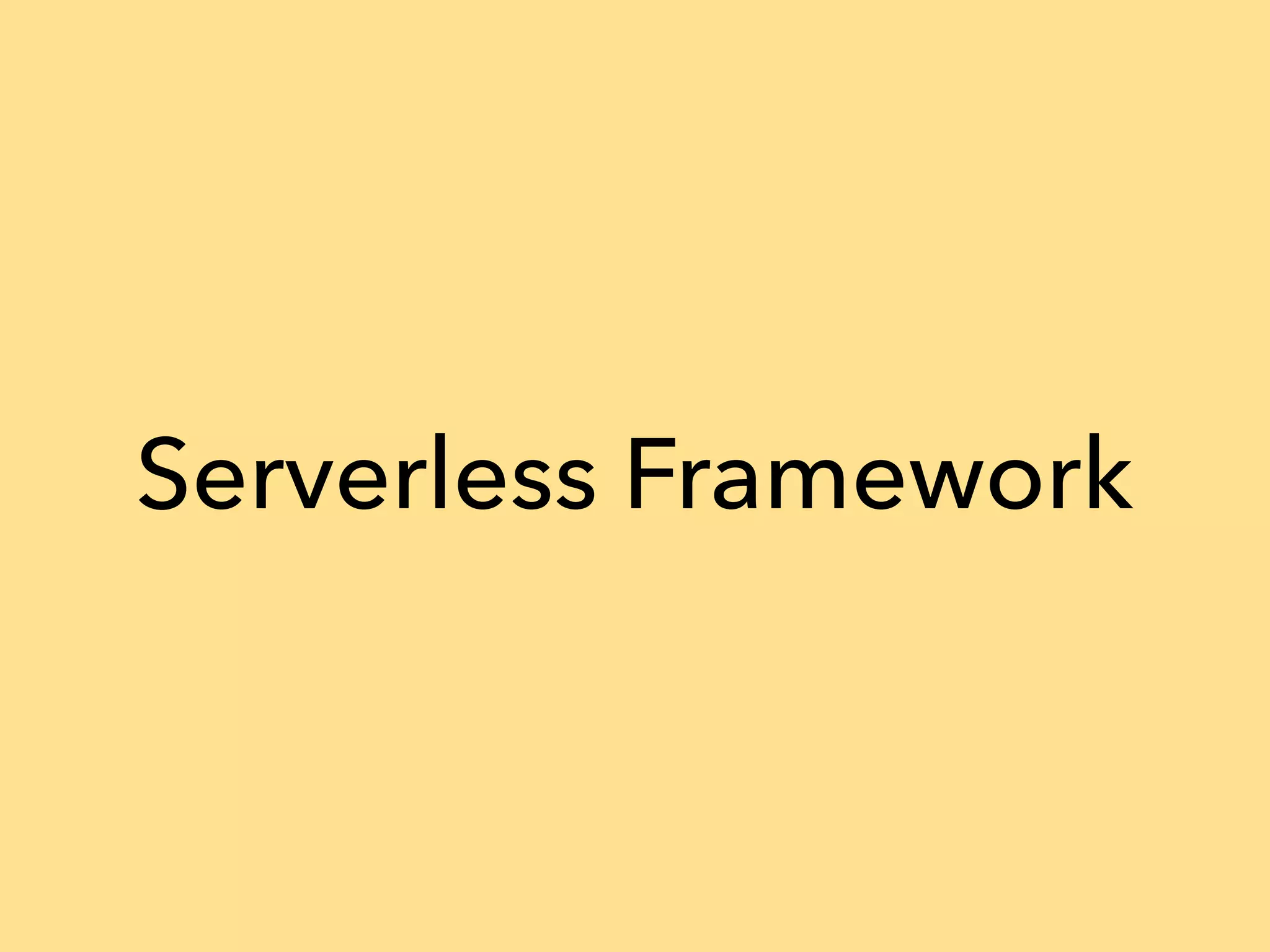
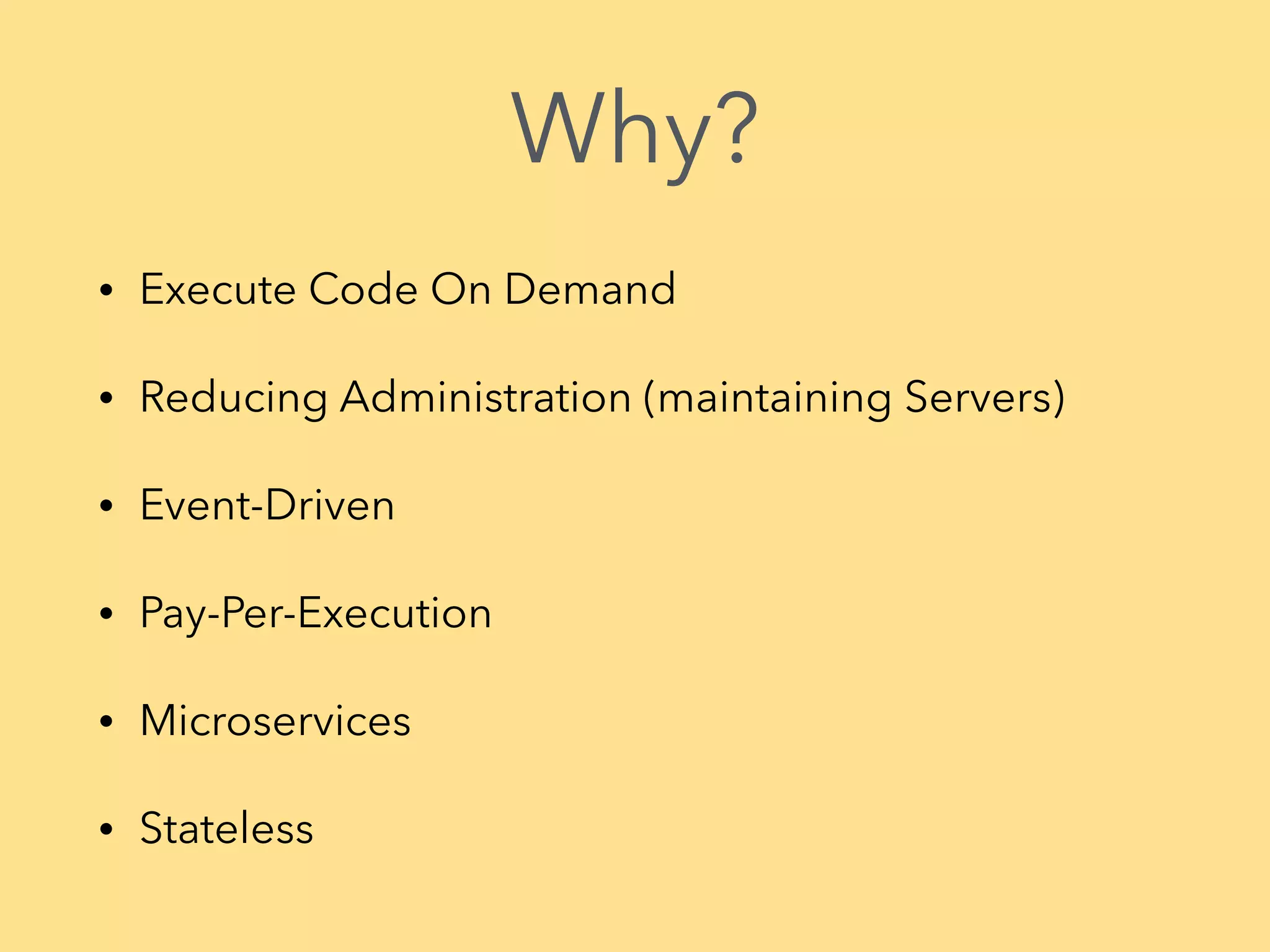
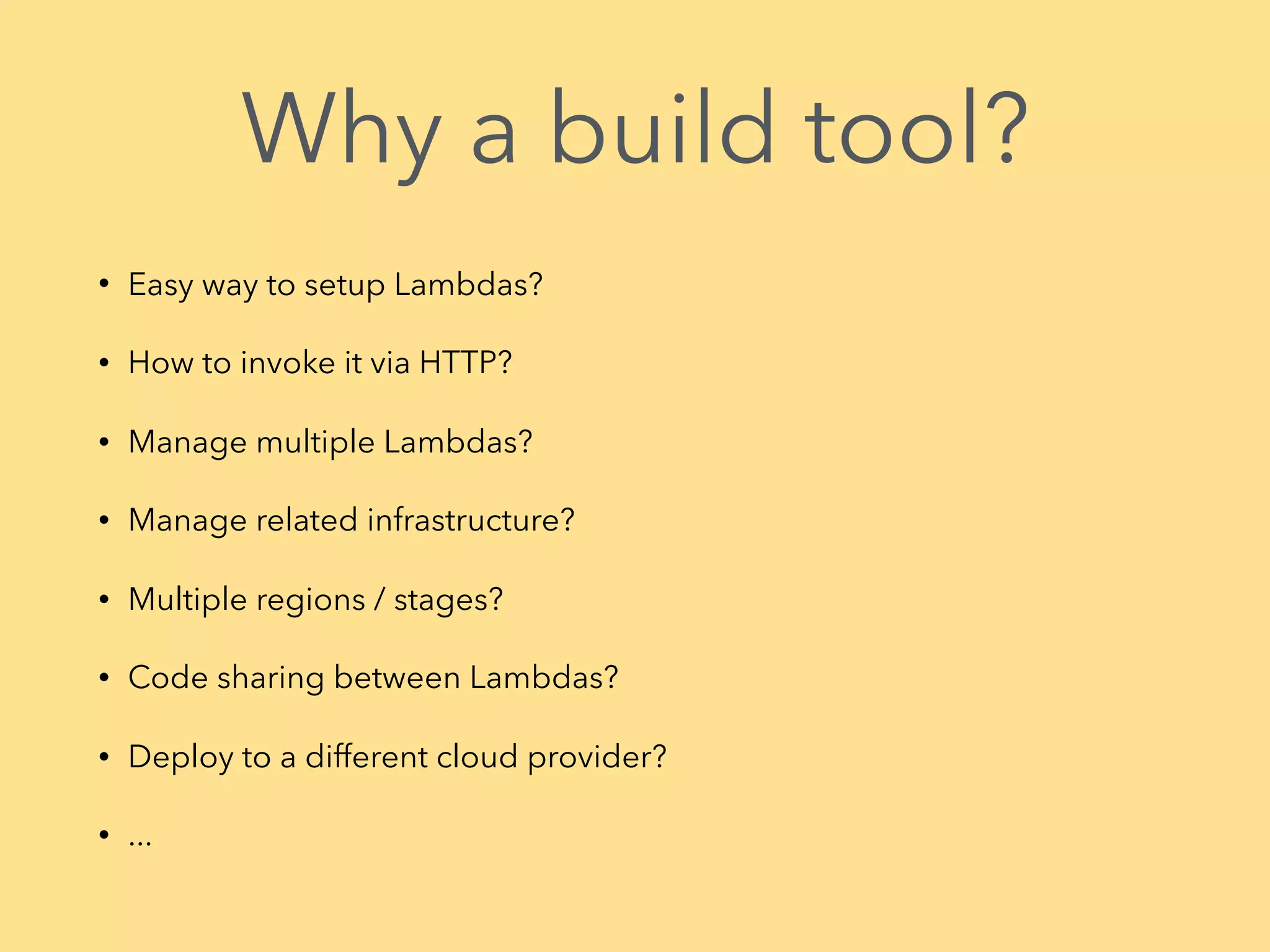

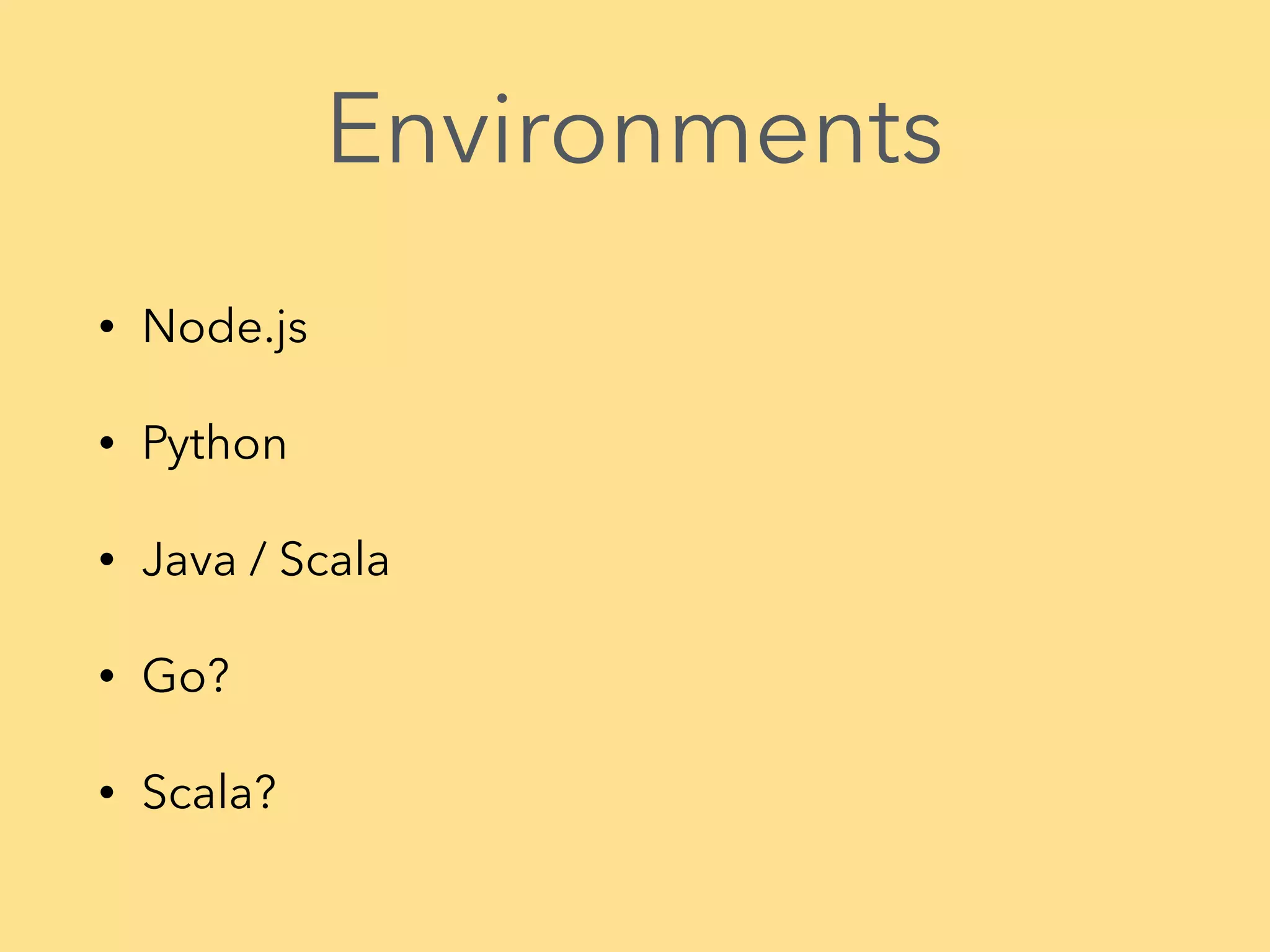
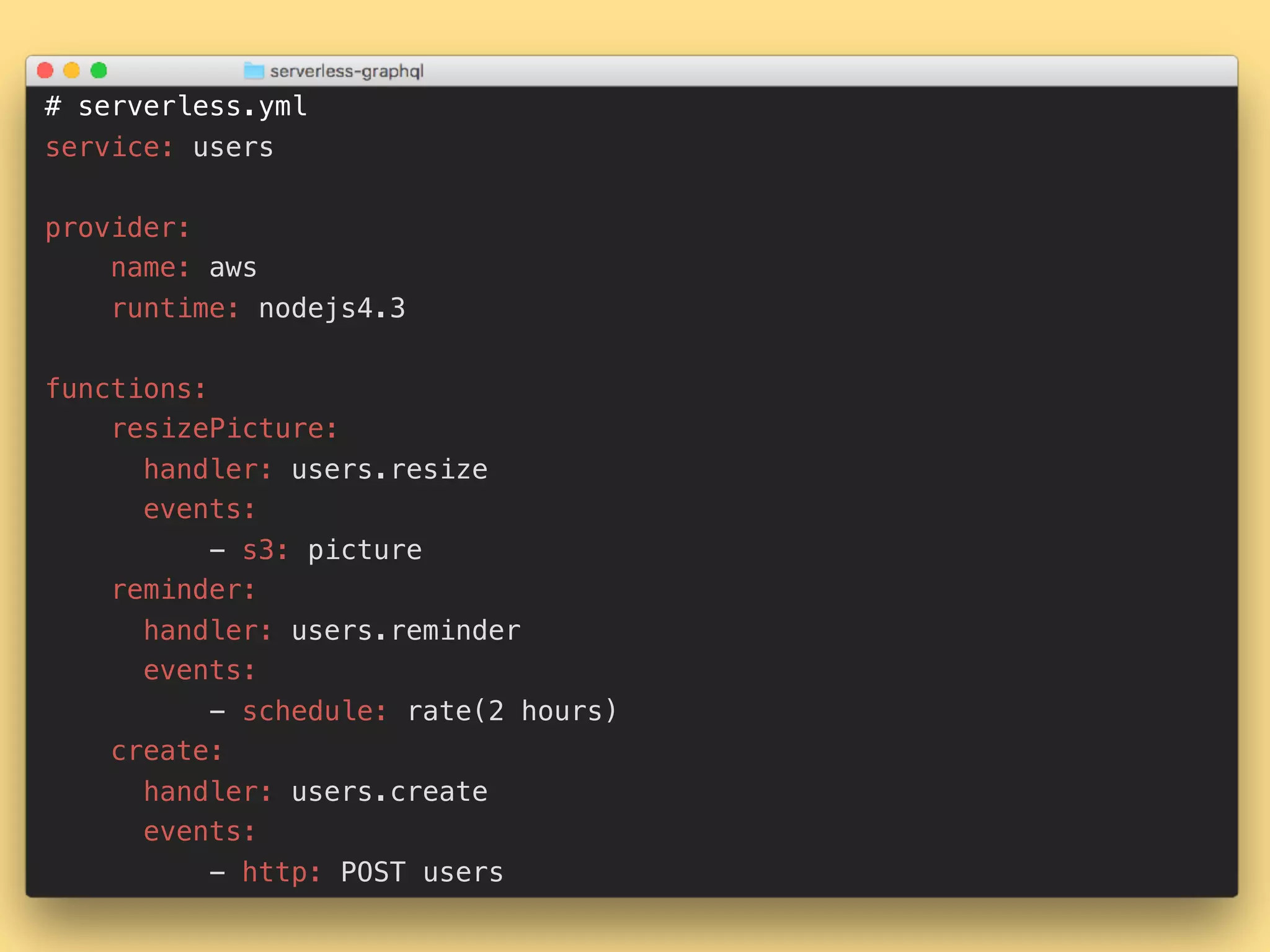
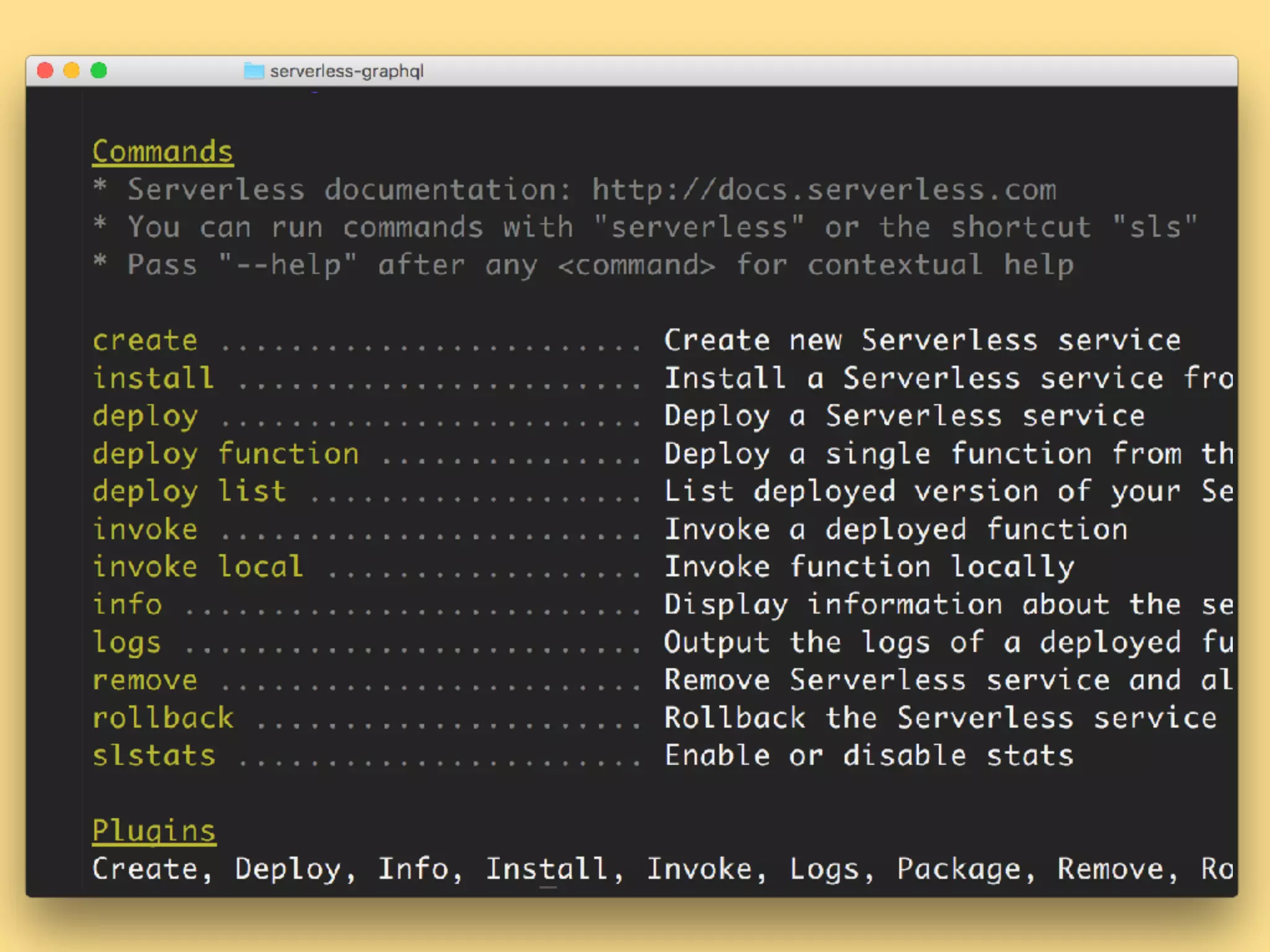

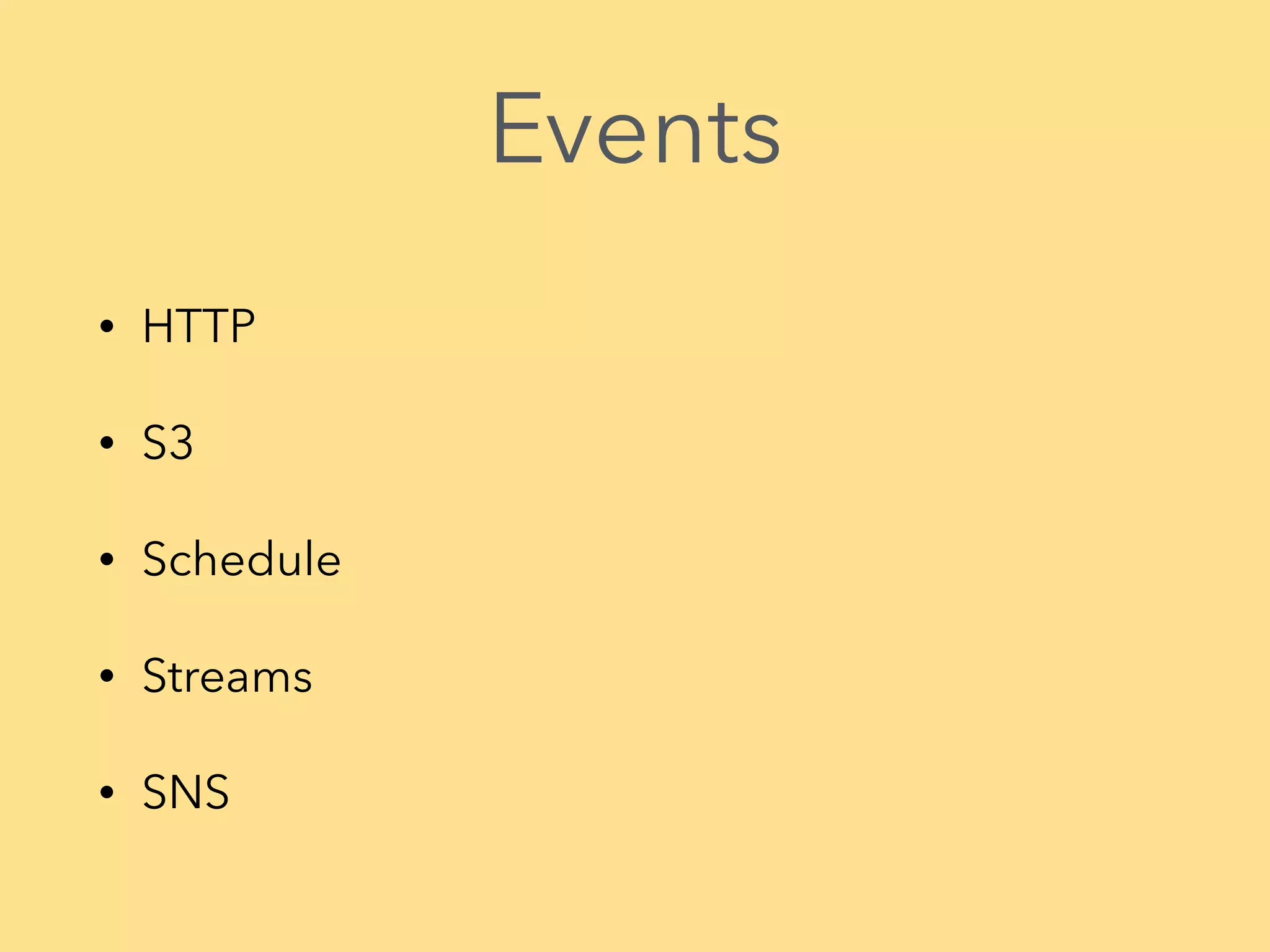

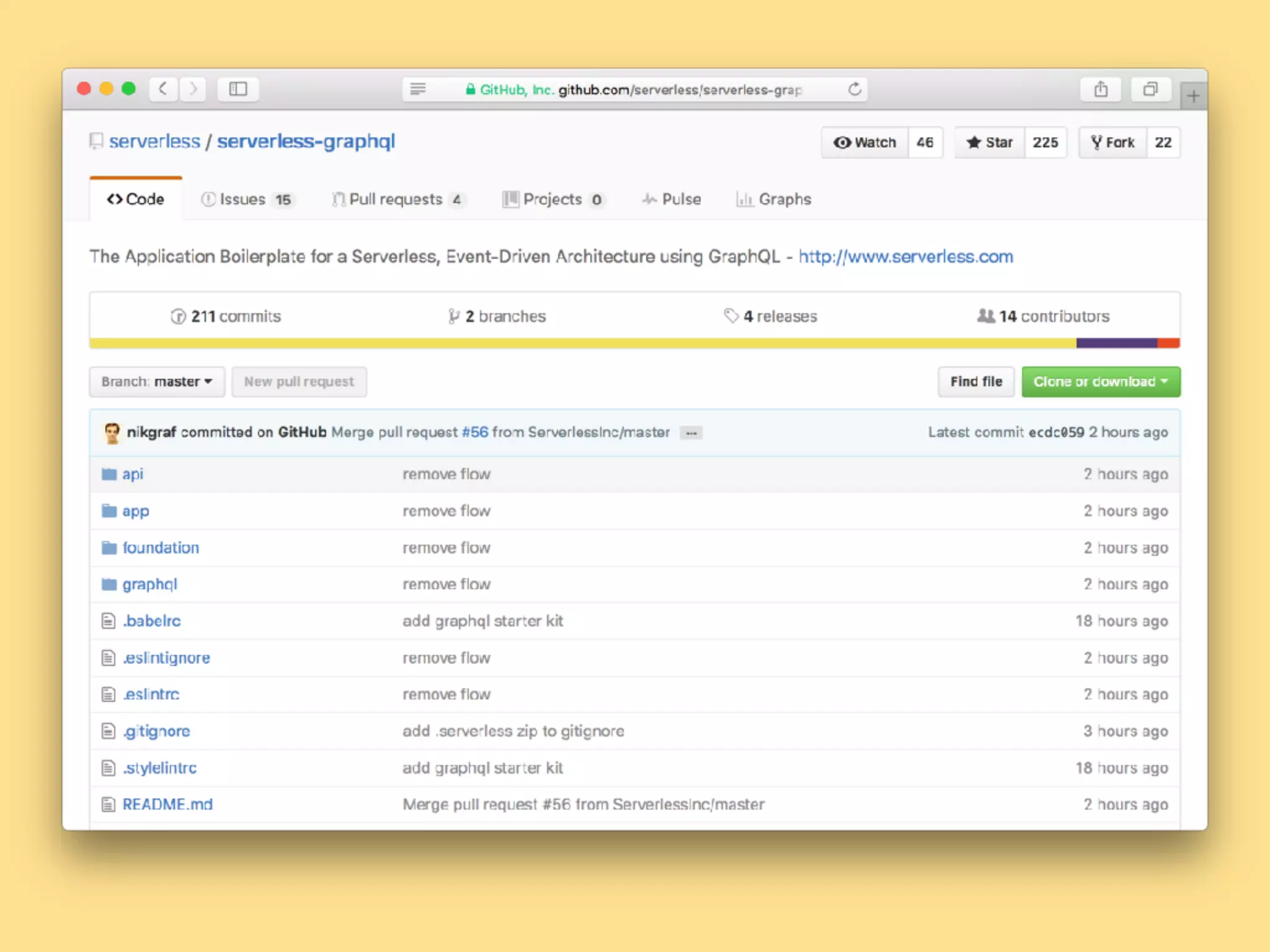
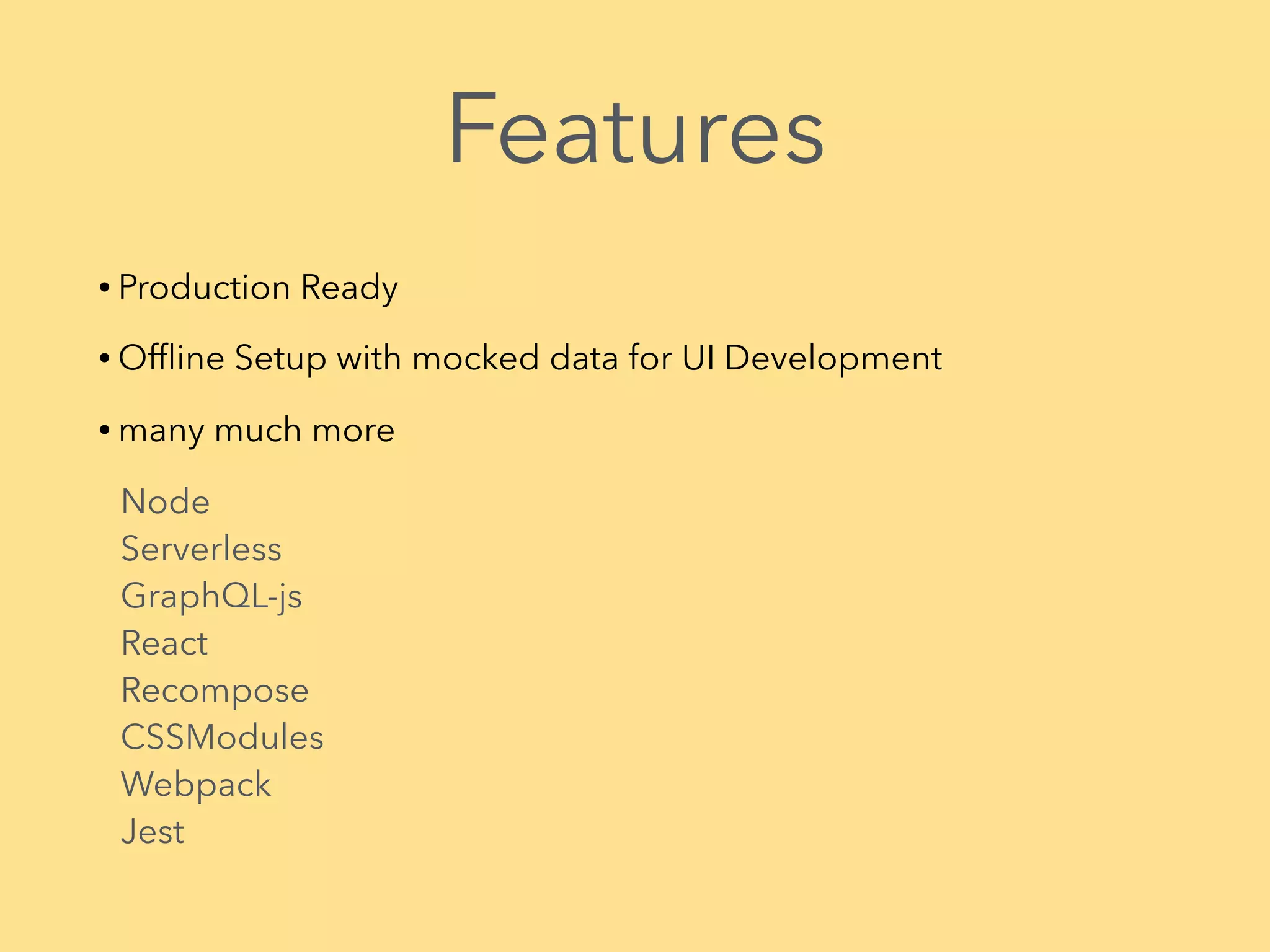


The document discusses the Serverless Framework, which is a build tool that makes it easy to setup and invoke Lambda functions on AWS. It allows developers to manage multiple Lambda functions across different regions and stages, and share code between functions. The Serverless Framework supports Node.js, Python, Java/Scala and other runtimes. Functions are defined in a serverless.yml file along with triggers like HTTP events, S3 uploads, schedules and more. The framework handles deployments to AWS and other cloud providers.













Introduction to the Serverless Framework, a platform designed to simplify serverless application development.
Benefits include execution on demand, reduced server management, event-driven capabilities, microservice support, and pay-per-execution model.
Importance of a build tool for easy Lambda setup, HTTP invocation, infrastructure management, and code sharing across Lambdas.
A brief overview of the history that led to the development and adoption of serverless architectures.
Serverless Framework supports multiple programming languages including Node.js, Python, Java, Scala, and possibly Go.
Example configuration in serverless.yml showcasing service definitions, AWS settings, and event handlers.
Highlights challenges related to managing credentials in serverless environments.
Various event types supported in serverless applications, including HTTP, S3, scheduled events, and others.
Demonstration of serverless features and functionalities in real-time usage.
Features include offline development setup, production readiness, and integration with various libraries and frameworks.
Ending remarks, summarizing the discussion on Serverless Framework and its capabilities.